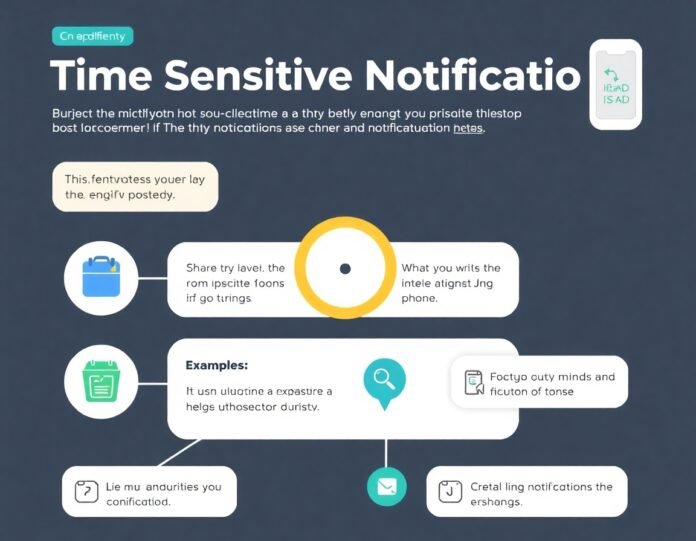Credit card companies are constantly developing innovative ways to attract new customers, and young adults represent a significant target demographic. With their growing financial independence and potential for long-term loyalty, young adults are a key audience for credit card companies. However, this demographic often requires unique strategies tailored to their preferences, habits, and lifestyle choices.
In this article, we’ll explore what are some of the common marketing tactics credit card companies use to market to young adults? and how these strategies effectively capture their attention and drive adoption rates.

Understanding the Young Adult Market
Young adults, typically those between the ages of 18 and 30, are at a critical stage of their financial journey. Many are college students, recent graduates, or early-career professionals. They are often focused on building credit, managing student loans, or navigating major life milestones such as renting an apartment or purchasing a car.
Given this backdrop, credit card companies employ specific tactics designed to resonate with the unique needs and aspirations of young adults.
Common Marketing Tactics Used by Credit Card Companies
1. Targeted Advertising on Social Media
Social media platforms like Instagram, TikTok, and Snapchat are where young adults spend a significant amount of their time. Credit card companies leverage these platforms for targeted advertising campaigns that feature engaging visuals, relatable content, and short videos highlighting the benefits of their products.
Why It Works: Young adults are highly influenced by digital media, and targeted ads on platforms they frequent ensure maximum visibility.
Example: A campaign showing how a credit card can help finance travel or earn rewards for dining and shopping.
2. Partnership with Influencers
Influencer marketing has become a cornerstone tactic for many industries, and credit card companies are no exception. Collaborating with influencers who align with the brand’s values and appeal to a young audience helps credit card companies establish trust and credibility.
Why It Works: Young adults are more likely to trust recommendations from influencers they follow and admire.
Example: An influencer sharing how they use a particular credit card to earn cashback or save on travel expenses.
3. Appealing Welcome Bonuses and Rewards
Credit card companies know that young adults are attracted to immediate benefits. Many offer enticing welcome bonuses, such as cashback, points, or statement credits, for signing up and meeting a minimum spending requirement within a specified period.
Why It Works: Welcome bonuses create a sense of urgency and make young adults feel they’re getting a great deal right from the start.
Example: “Earn $200 cashback when you spend $500 in the first three months.”
4. Student-Specific Credit Cards
To cater to college students, credit card companies often design student-specific credit cards with lower fees, more lenient approval criteria, and rewards tailored to their spending habits.
Why It Works: These cards provide an entry point for young adults to build their credit history without being overwhelmed by high interest rates or strict requirements.
Example: A student credit card offering 1% cashback on all purchases and no annual fees.
5. Educational Campaigns on Credit Management
Credit card companies recognize that many young adults need more financial literacy. To address this, they incorporate educational content into their marketing strategies, such as blogs, videos, and webinars on topics like budgeting, building credit, and avoiding debt.
Why It Works: By positioning themselves as a helpful resource, credit card companies build trust and encourage responsible credit use.
Example: “Learn how to boost your credit score with our easy tips.”
6. Highlighting Lifestyle Benefits
Young adults are often drawn to credit cards that align with their lifestyle preferences, such as dining, travel, or entertainment. Credit card companies market these perks heavily, emphasizing rewards like free streaming subscriptions, discounts on concert tickets, or travel insurance.
Why It Works: These benefits make the credit card feel more relevant and valuable to their everyday lives.
Example: “Get free Spotify Premium when you use our card for your subscription.”
7. Mobile-Friendly Applications and Features
In the digital age, convenience is key. Credit card companies market their mobile-friendly application processes, app-based account management, and features like instant spending notifications, budgeting tools, and virtual cards.
Why It Works: Young adults are tech-savvy and expect seamless digital experiences.
Example: “Apply for a credit card in minutes with our app—no paperwork needed!”
8. Referral Programs
Referral programs encourage existing customers to recommend a credit card to their friends and family in exchange for rewards such as cashback, points, or gift cards.
Why It Works: Peer recommendations carry weight among young adults, and the added incentives sweeten the deal.
Example: “Refer a friend and earn $50 when they sign up for our card.”
9. Exclusive Events and Experiences
Credit card companies often sponsor or host exclusive events and experiences targeted at young adults, such as concerts, sporting events, or networking meetups.
Why It Works: Young adults value unique experiences and opportunities to connect with others, making these events an attractive perk.
Example: “Get VIP access to the hottest music festivals with our card.”
10. Focus on Sustainability
Many young adults are passionate about social and environmental issues. Credit card companies tap into this by offering products that align with these values, such as eco-friendly cards made from recycled materials or rewards that support charitable causes.
Why It Works: Aligning with young adults’ values helps companies build emotional connections with their audience.
Example: “Use our card and support reforestation efforts with every purchase.”
The Role of Technology in Credit Card Marketing
1. Data-Driven Personalization
Credit card companies use data analytics to understand young adults’ spending habits and preferences. This allows them to create highly personalized offers and recommendations.
2. Gamification
Gamifying the credit card experience through challenges, reward tiers, or milestones encourages young adults to engage more actively with their cards.
3. Social Proof and Reviews
Highlighting positive reviews, testimonials, or user stories helps build credibility among skeptical young adults.
Challenges Credit Card Companies Face in Marketing to Young Adults
While these tactics are effective, credit card companies also face challenges, such as
Skepticism About Debt: Young adults, especially those burdened with student loans, may be wary of credit card debt.
Competition: The credit card market is highly competitive, with multiple companies vying for attention.
Economic uncertainty: Financial instability can make young adults hesitant to take on additional financial responsibilities.
How to Choose the Right Credit Card as a Young Adult
If you’re a young adult considering a credit card, here are some tips:
Assess your needs: Identify your priorities, such as building credit, earning rewards, or managing expenses.
Compare Options: Research multiple cards to find the one that offers the best combination of perks, fees, and interest rates.
Read the Fine Print: Understand the terms and conditions, including any hidden fees or restrictions.
Conclusion
Credit card companies employ a range of innovative and targeted tactics to appeal to young adults. From social media campaigns and influencer partnerships to student-specific cards and lifestyle perks, these strategies are designed to resonate with a tech-savvy, value-conscious audience.
Understanding some of the standard marketing tactics credit card companies use to market to young adults not only sheds light on how these companies operate but also empowers young consumers to make informed decisions. Whether you’re just starting your financial journey or looking for a card that matches your lifestyle, being aware of these tactics can help you choose wisely.
With the right approach, credit cards can be a valuable tool for building credit, earning rewards, and achieving financial goals. As long as young adults remain informed and responsible, the benefits far outweigh the risks.
You may also read: Expert Witness Marketing SF: Boost Your Credibility








